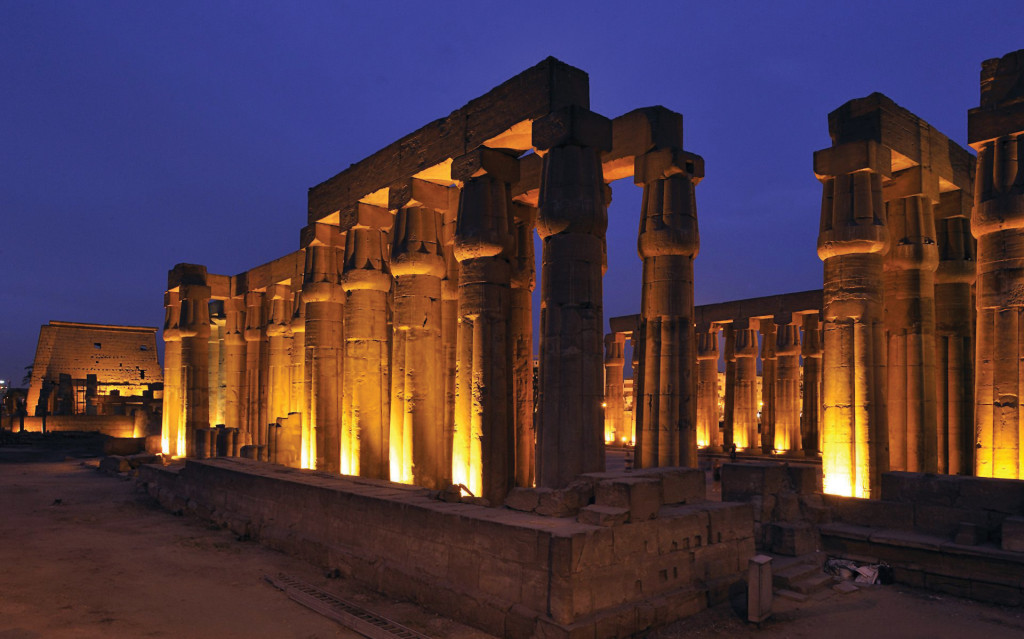| With only 4,000 inhabitants and about 200 km to the first neighbour settlement, Farafra is among the most isolated places in Egypt. It is part of the Western Desert circuit, so it still gets many visitors. And the place has a number of attractions, of which the adjacent White Desert is one of Egypt’s most famous nature sights. Very little is known about Farafra before the Roman period, of which just a few remains have been found. In terms of antiquities, there is little to see but the desert offers more than one spectacular view. The area north-east of Qasr Farafra is called White Desert and is definitely worth a visit (better by 4×4). Here chalk monoliths have been slowly eroded by the wind into strange and suggestive shapes, that extend for kilometres all around, creating a magnificent view. To the south, the ancient caravan route called Darb Farafra between Farafra and Dakhla crossed the little water station of Bir Dikkar and then the impressive Black Valley, named after the black pyrite fragments that cover the surface. This has been for a while one of the tracks used for the Rally of the Pharaohs. West of Farafra lies the spring of ‘Ayn Dalla, which has always been an important strategic point in the middle of the Western Desert. The road leading there runs across a beautiful landscape dotted with chalk formations and lacustrine deposits. The area west of Farafra is covered by the impenetrable Great Sand Sea. This region was probably the scene of one of the most famous disasters that took place in the Western Desert. Spanning 90 kilometers (56 miles) east-west and 200 kilometers (125 miles) north-south, it is the second largest depression in the Western Desert. It sits at E27 20 and E 28 59 longitude and N 26 18 and N 27 42 latitude.
The escarpment rings the depression on three sides. The eastern scarp, standing 244 meters (708feet) high, and the Western scarp are both steep-sided, formidable barriers. The dazzling white northern scarp, although lower, is actually two scarps, one behind the other. The southern part of the oasis is open. The depression floor comprises a mixture of white chalk and limestone which creates the White Desert, black iron pyrites and marcasite stones which create the Black Desert, scrub land, mud lions, and many sif dunes. South to Dakhla, the dunes for over kilometers (93.5 miles). |
Farafra Oasis
© Copyright 2015 LaPerla Travel Developed by Prominds : promindsco.com


